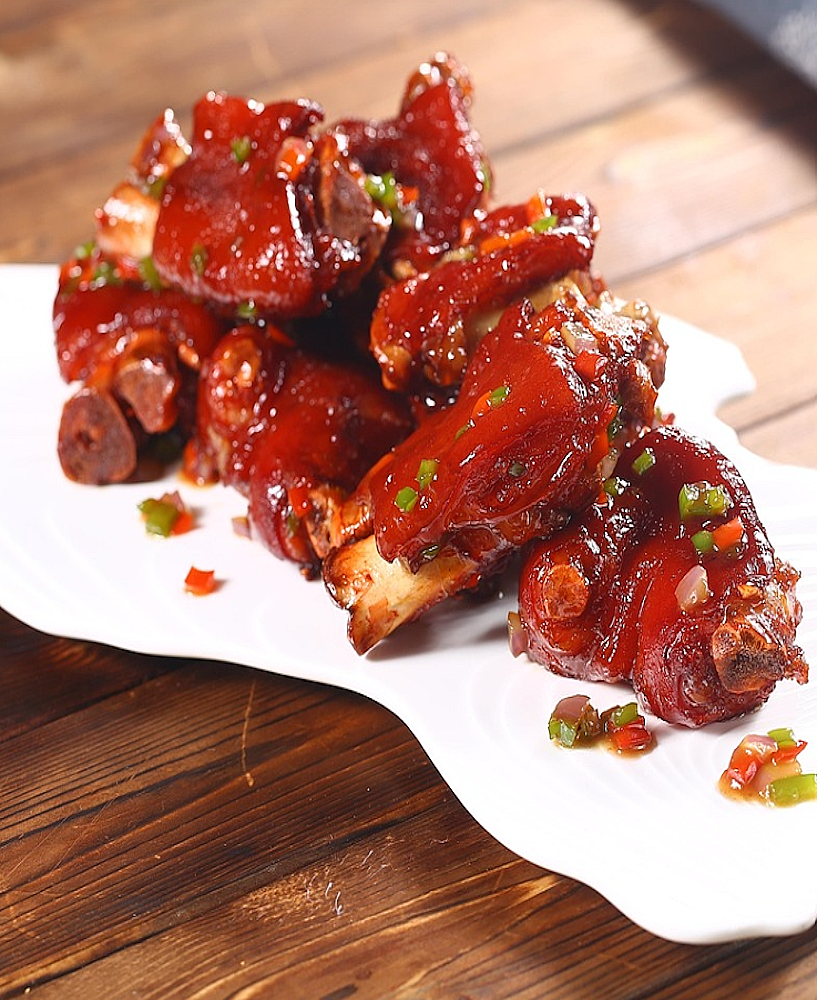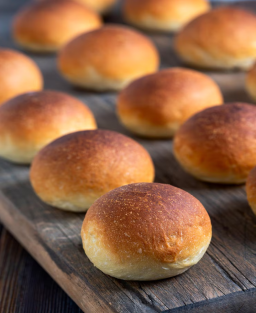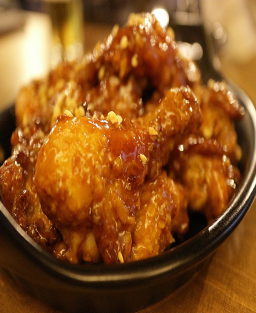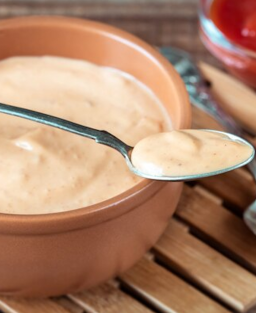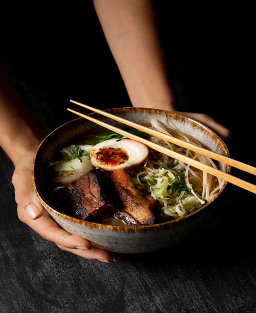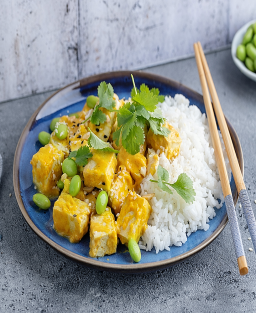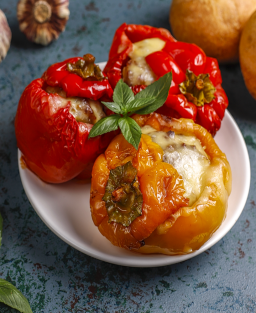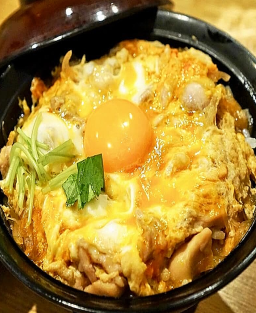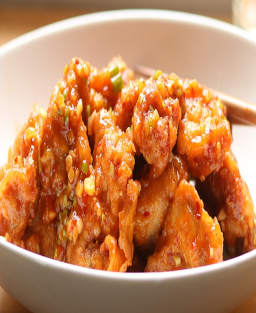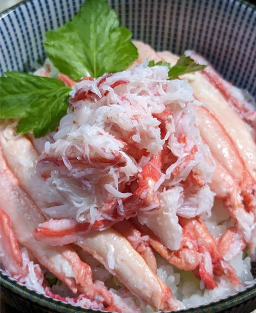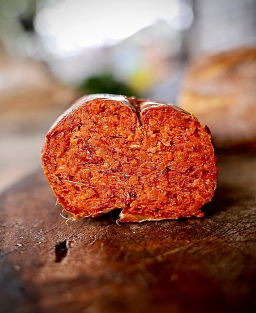- Out-of-Stock
Authentic Jokbal Recipe (족발) – Traditional Korean Pig’s Trotters Dish
Authentic Jokbal Recipe (족발) – Traditional Korean Pig’s Trotters Dish
Jokbal (족발) is slowly cooked in a blend of spices and herbs to achieve a tender texture and rich flavor. Here is the authentic, traditional Korean recipe, faithful to classic methods without modern modifications.
Ingredients:
-
1 pig’s trotter (about 1 to 1.5 kg)
-
1 onion, halved (unpeeled)
-
1 head of garlic, halved
-
2-3 slices of fresh ginger (about 3 cm)
-
4 tablespoons soy sauce (preferably traditional, not modern)
-
1 tablespoon mirin (sweet rice wine, optional in some versions)
-
2-3 tablespoons soybean paste soup (doenjang) or spicy soybean paste
-
1 tablespoon brown sugar or honey
-
2-3 dried red chili peppers (optional)
-
1 cinnamon stick (optional)
-
4-5 bay leaves
-
3-4 tablespoons salt
-
4 tablespoons sake (Japanese rice wine) or soju (Korean rice liquor, optional)
-
Freshly ground black pepper (to taste)
Equipment:
-
Large pot or stockpot (big enough for the pig’s trotter)
-
Wooden spoon
-
Kitchen twine (to tie the trotter if needed)
Preparation:
-
Prepare the pig’s trotter:
Thoroughly rinse the trotter under cold water to remove dirt. Remove any remaining hairs with a knife or tweezers if necessary. If it’s too large, you can cut it in half, but traditionally it is cooked whole. -
Blanch the trotter:
Place the trotter in a large pot, cover with cold water, and bring to a boil for 5-10 minutes to remove impurities and scum. Discard the blanching water and rinse the trotter with cold water. -
Prepare the broth:
Refill the pot with cold water and add the halved onion, garlic, sliced ginger, bay leaves, cinnamon stick (if using), dried chilies (if using), brown sugar or honey, soy sauce, soybean paste (doenjang), and sake or soju (optional). Mix well. -
Slow cooking:
Submerge the trotter in the broth and bring to a medium heat boil. Once boiling, reduce to a low simmer and cook for about 3-4 hours (or longer), ensuring the trotter is fully immersed. Add water if necessary during cooking. -
Cook until tender:
Check regularly that the meat is very tender. Test by inserting a fork or knife; the trotter should be very soft and easily pull apart. Cooking up to 5 hours will yield an even more melt-in-the-mouth texture. -
Season and finish:
Once cooked, remove the trotter from the broth. You may let it cool slightly so the fat solidifies a bit. Then, tie the trotter with kitchen twine to keep its rounded shape. -
Slice and serve:
Cut the trotter into thick slices across the bones. Each slice should include skin, meat, and gelatinous parts to preserve the authentic texture. Jokbal is now ready to serve. -
Serving suggestions:
Traditionally served with fresh vegetables like radish, kimchi, or cabbage salad. Often enjoyed with ssamjang (spicy paste) and sesame leaves (ssangchu) for wrapping the slices into ssam (wrapped bites).
Jokbal is typically paired with soju or makgeolli (rice wine).
Additional tips:
-
Do not rush the cooking; long, slow simmering is essential for collagen and fat to break down into a tender, gelatinous texture.
-
Keep the broth for use in other dishes like soups or noodles.
-
You can add vegetables such as carrots or radishes to the broth for extra flavor.
This recipe faithfully follows the traditional Korean method for Jokbal, a beloved dish commonly enjoyed in family meals and festive gatherings.











